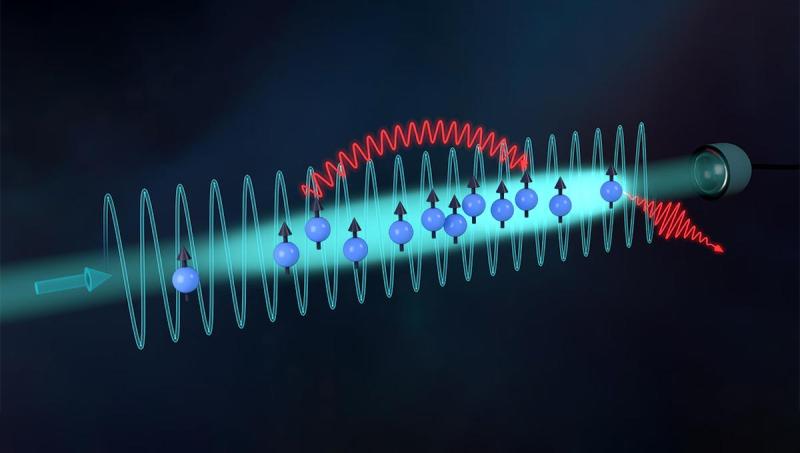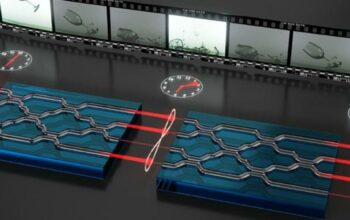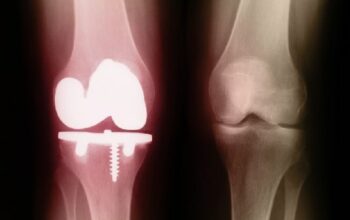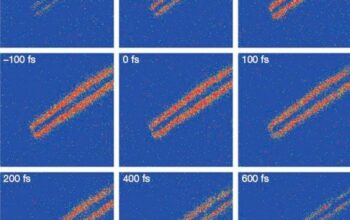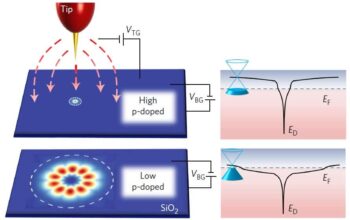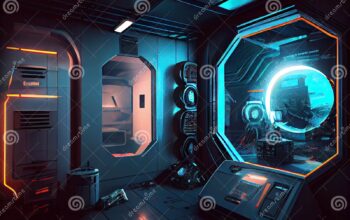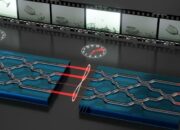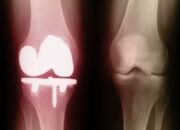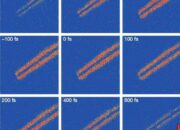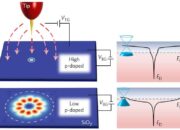Nanotechnology, the manipulation of matter at an atomic or molecular scale, is an interdisciplinary domain that promises groundbreaking innovations across various fields, from medicine to materials science. At the core of this technological revolution lies a profound re-examination of the elemental building blocks of matter—atoms. This exploration transcends conventional paradigms, facilitating a paradigm shift in how we perceive the capabilities and applications of materials. The exploration of atomic interactions is not merely an academic pursuit but a gateway to a plethora of practical applications that could redefine the landscape of technology.
The unique properties that emerge at the nanoscale result from quantum mechanics, which govern the behavior of particles at this infinitesimal level. As atoms are arranged into specific configurations, extraordinary characteristics arise. For example, gold, which is commonly regarded as a mere ornamental metal, exhibits remarkable catalytic properties when reduced to nanoparticles. Such a metamorphosis in characteristics can also be observed in carbon; its atomic arrangement in the form of graphene lends this material unprecedented strength and conductivity, far superior to any classical elemental form. This gives rise to the question: How can we systematically exploit atomic interactions to engineer materials with tailored properties?
The manipulation of atoms demands advanced techniques that include, but are not limited to, lithography, molecular beam epitaxy, and chemical vapor deposition. These methods enable scientists to fabricate two-dimensional and three-dimensional nanostructures with precision. However, the challenge remains: ensuring scalability and reproducibility in the production of these nanostructures for commercial applications. This is where theoretical and computational modeling play a crucial role. By simulating atomic interactions, researchers can predict how alterations at the nanoscale can influence macroscopic material properties, thus optimizing fabrication processes and facilitating the transition of nanotechnology from laboratory settings to industrial applications.
One of the most promising applications of nanotechnology is in the field of medicine. The therapeutic potential of nanoparticles is immense, particularly in drug delivery systems. Conventional drug delivery often encounters obstacles such as poor solubility, non-specific targeting, and rapid clearance from the body. By employing nanoparticles, drugs can be encapsulated and delivered with increased efficacy. Furthermore, these nanoparticles can be engineered to respond to specific stimuli—such as pH changes, temperature alterations, or light exposure—enabling controlled release mechanisms that can drastically improve therapeutic outcomes. This represents a substantial paradigm shift in pharmacology, where treatment regimens can be personalized at an unprecedented level.
Beyond healthcare, nanotechnology offers transformative possibilities in energy efficiency and sustainability. Solar cells, for instance, benefit from nanostructured materials that increase light absorption, leading to enhanced conversion efficiencies. Quantum dots, which can be synthesized from various semiconductor materials, have emerged as vital components in next-generation photovoltaic devices. Their size-dependent optical properties render them suitable for maximizing the use of sunlight in energy harvesting. There is also potential for nanotechnology in developing advanced batteries and supercapacitors. Integrating nanomaterials such as carbon nanotubes into electrodes improves conductivity and energy density, thereby facilitating the transition towards sustainable energy systems.
Moreover, the advent of nanoelectronics showcases the revolutionary impact of atomic manipulation on consumer technology. The miniaturization of electronic components via nanoscale engineering paves the way for faster, smaller, and more efficient devices. Transistors, the building blocks of modern electronics, have undergone relentless downsizing, yet maintaining functionality remains a challenge. This results in an increased demand for materials that can sustain performance under nanoscale dimensions. Utilizing materials such as graphene and transition metal dichalcogenides opens up opportunities for developing next-generation semiconductors, thereby unlocking the full potential of the Internet of Things, artificial intelligence, and quantum computing.
The interplay between nanotechnology and environmental remediation also warrants attention. Pollutants, often present at the molecular or atomic scale, can be effectively targeted through nanotechnology. Engineered nanoparticles can catalyze reactions that neutralize toxins, while nanosensors have the ability to detect hazardous substances with remarkable sensitivity and specificity. This intersection of nanotechnology and environmental science not only enhances our capability to tackle pollution but also fosters the development of a circular economy, wherein waste materials are transformed into valuable resources.
Despite its immense potential, the advancement of nanotechnology raises ethical and safety concerns. The long-term effects of nanomaterials on human health and the environment remain unclear, necessitating comprehensive risk assessments and regulatory frameworks. Scholars and policymakers must engage in an ongoing dialogue to ensure that innovations are harnessed responsibly. The responsible development of nanotechnology underscores the importance of adopting a multidisciplinary approach, integrating insights from various fields, including ethics, engineering, and policy-making.
In conclusion, the realm of nanotechnology epitomizes the convergence of scientific inquiry and technological innovation. Its foundation in atomic manipulation not only promises novel materials and applications but also compels society to rethink existing paradigms. Moving forward, the judicious application of nanotechnology, guided by curiosity and responsibility, heralds an era of unprecedented scientific and technological advancement. It invites a profound engagement with the atomic building blocks of our universe and challenges our imagination to envisage a future where boundaries are continually redefined through the lens of scientific discovery.
